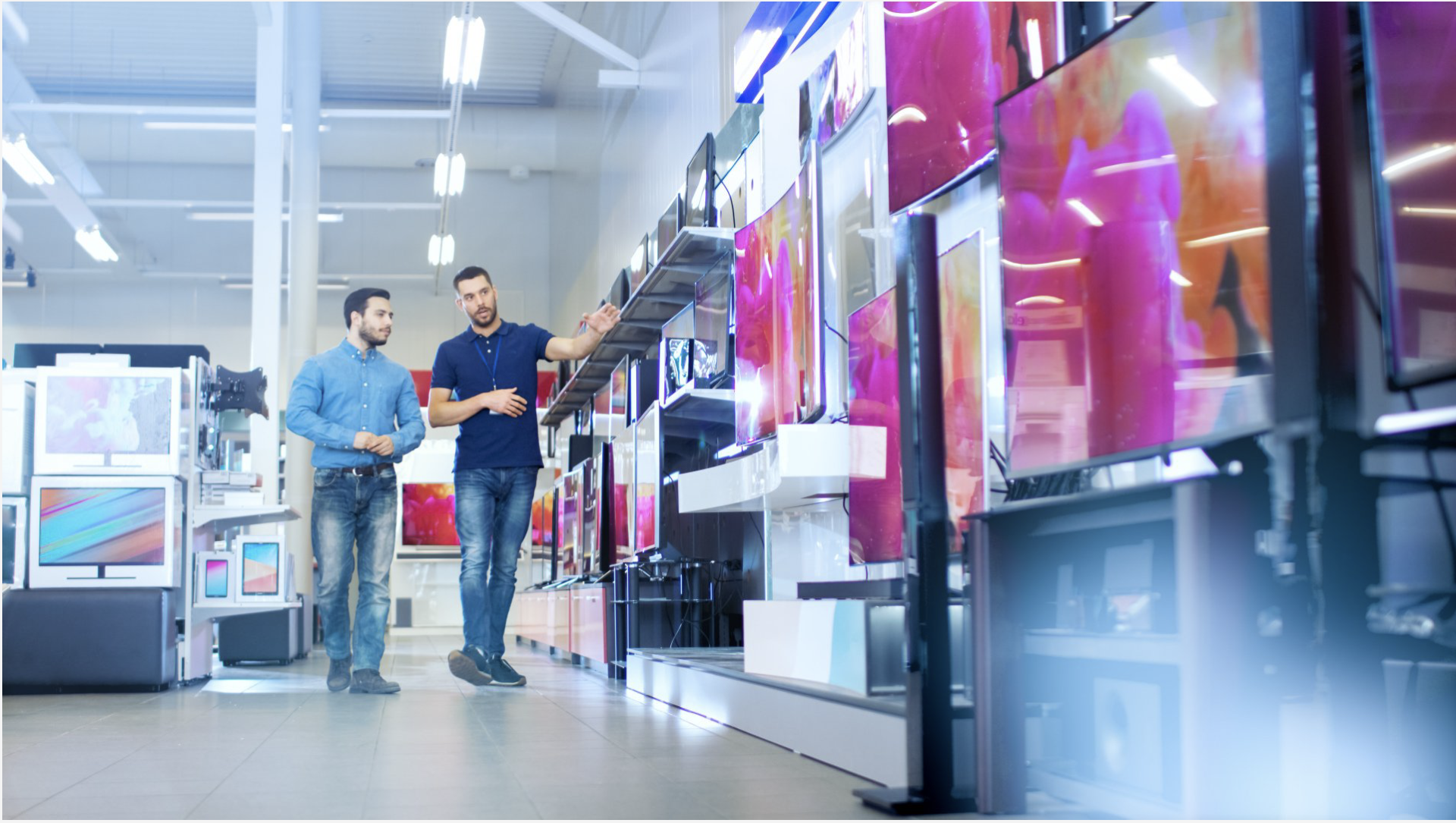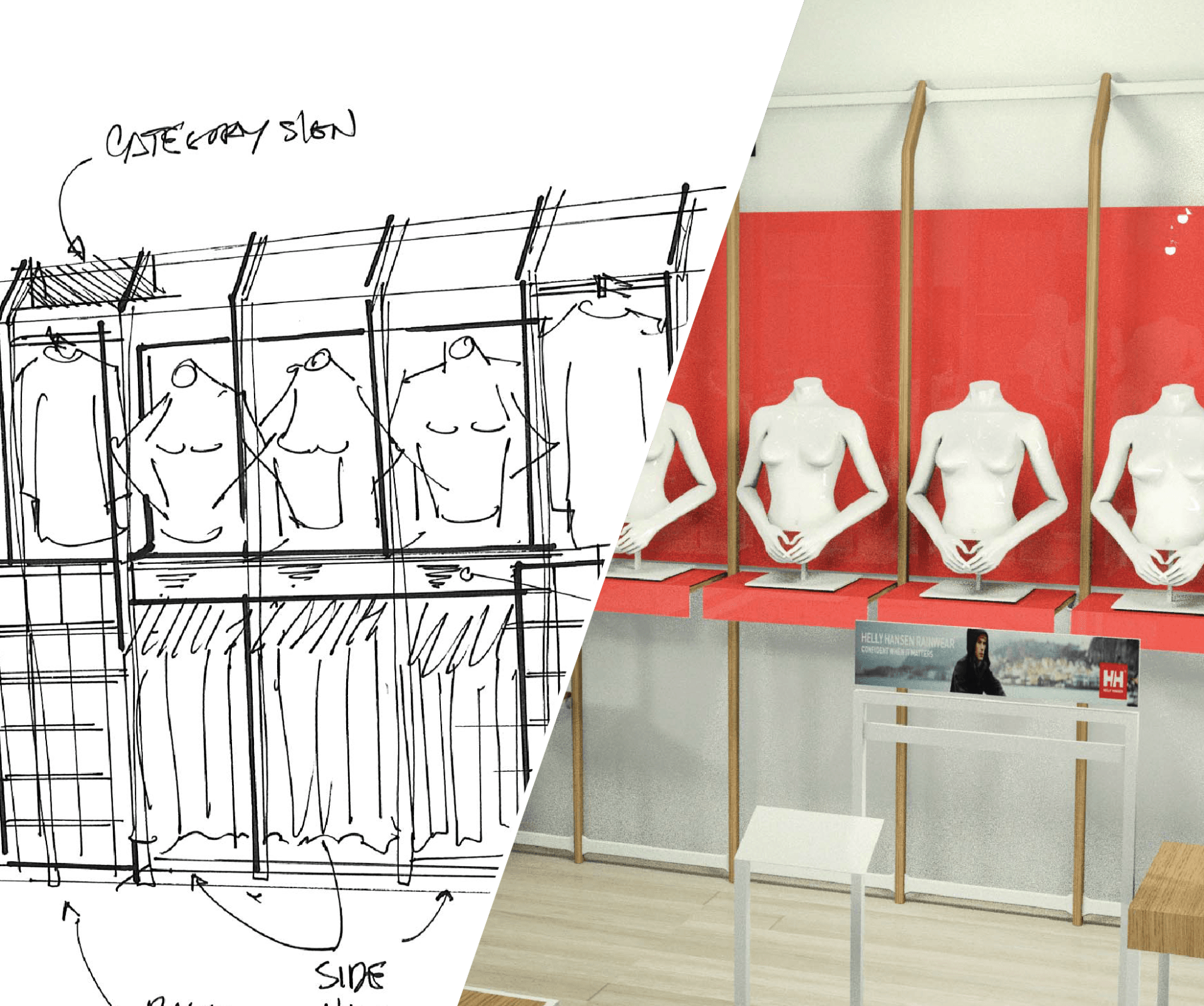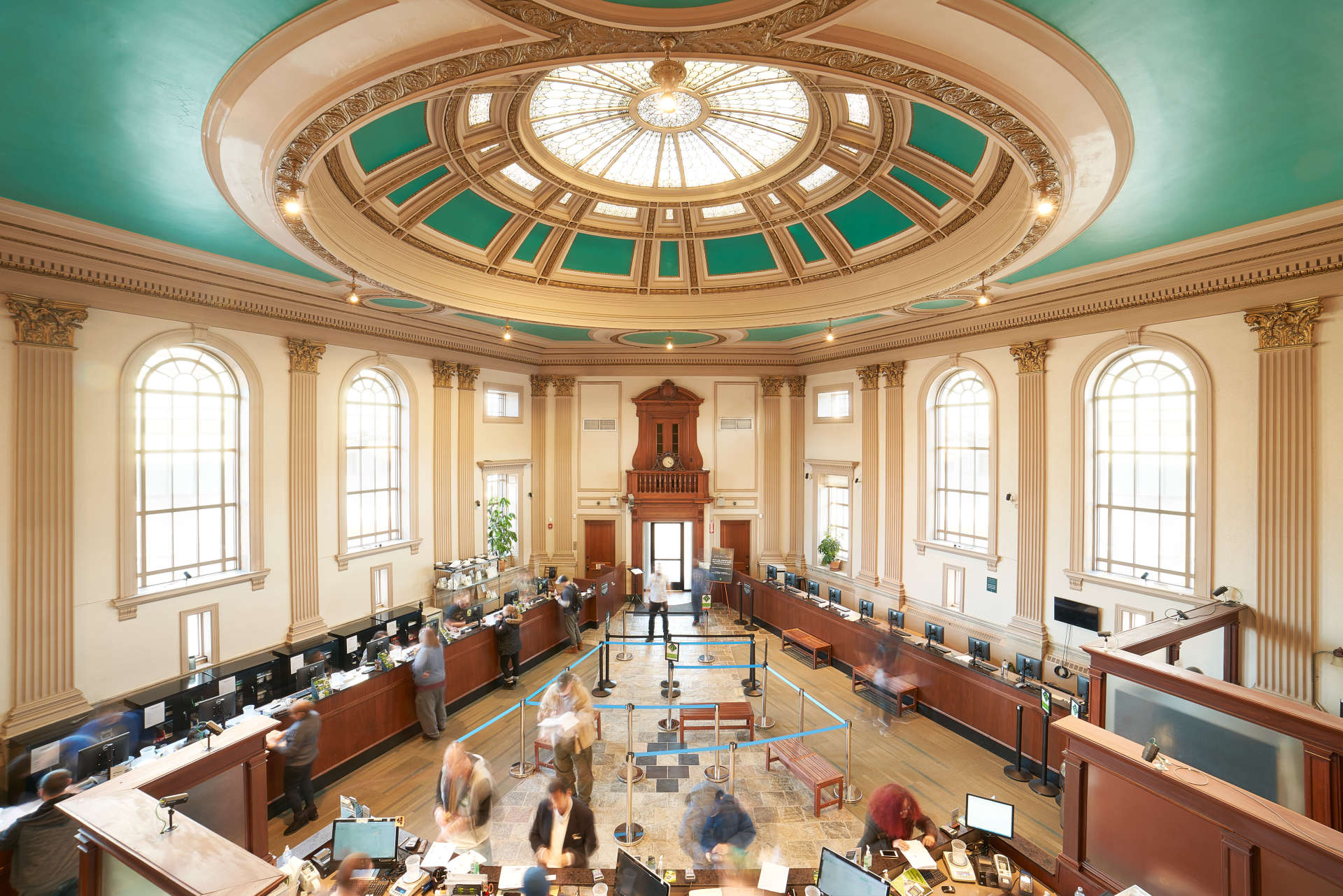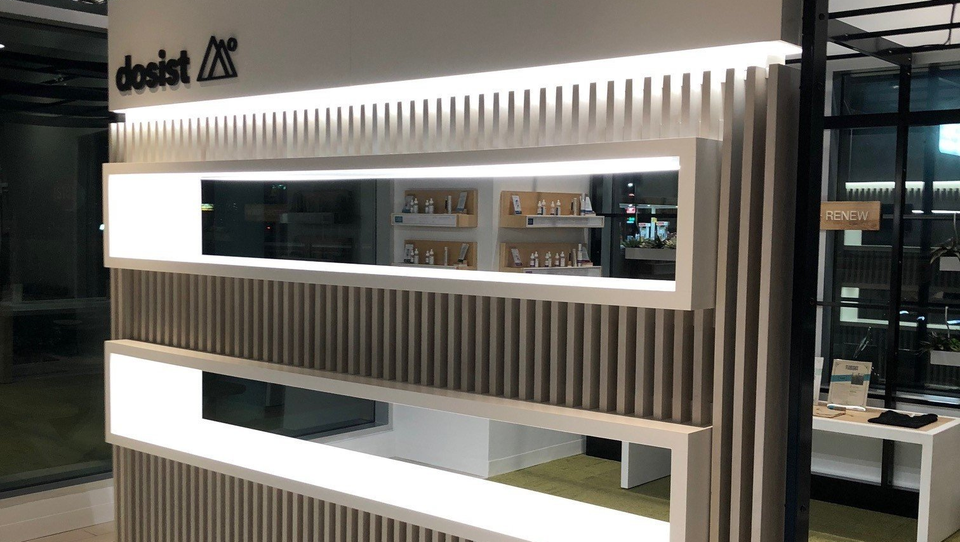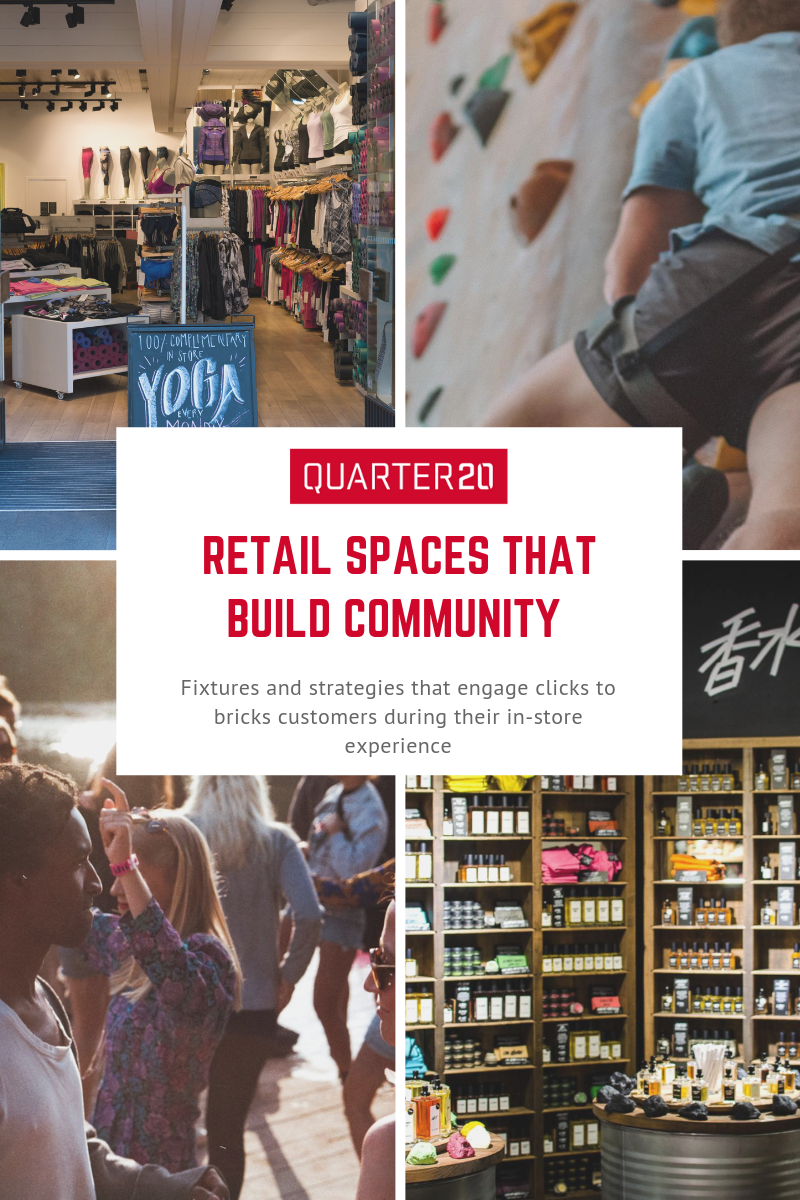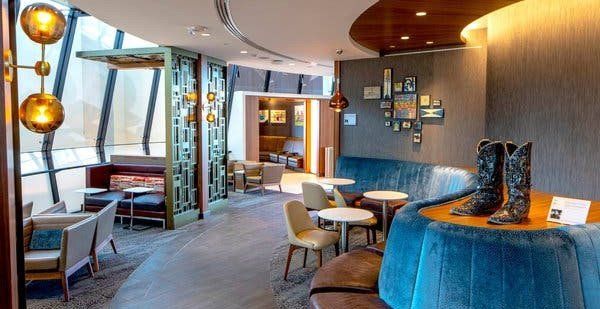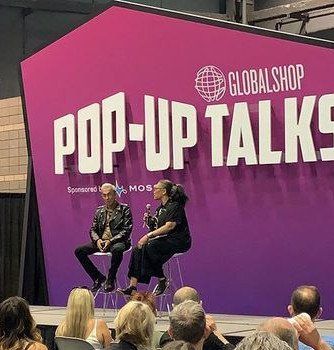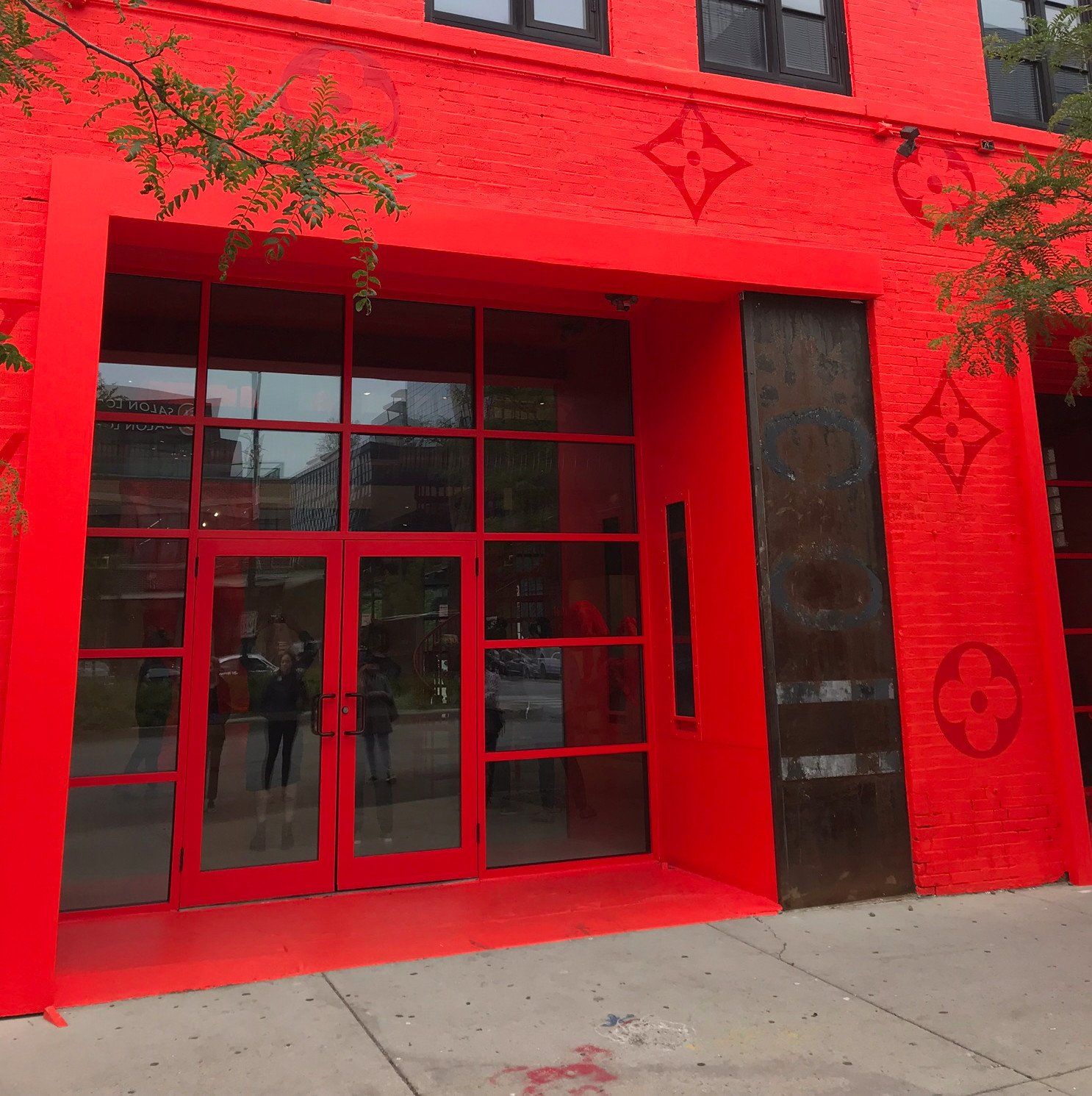Customizing a Successful Fixture Program
With fixture programs, speed of delivery has always been one of the biggest measures of success. It makes sense. When revamping the experience in brand stores, a speedy fixture roll out and implementation helps the updated design become current and consistent across geographic locations.
When brand stores like Starbucks begin reducing their footprint worldwide, the consistent, comfortable brand presence may no longer be enough. More recently, many retail stores have been pursuing other approaches for a fixture rollout.
As Chain Store Age recently observed, “Where speed was once the primary goal for any rollout effort, the notion of nuanced, site-specific design sensitivity is becoming just as prevalent.”
Issues of unit economics and maintaining project schedules are sometimes cited as reasons that it is challenging to localize store concepts. However, there are any number of strategies that help to provide a localized element for at least some stores in a fixture roll out and implementation plan:
- Some retailers favor a focused approach to a fixture rollout, with efforts spent on redesigning a few flagship stores in key markets. A plan can be developed to create a certain percentage of community based formats, along with more cost efficient standardized locations.
- Each store can be designed to include local elements. In some cases, the local aesthetic can be accomplished by using locally sourced materials like stone on the exterior of the store, with prototypical design elements on the interior. Mod Pizza provides an example of a rapidly growing chain of restaurants that incorporates localized elements while maintaining the brand of the parent stores. Architectural elements within Mod Pizza locations pay homage to the original stores, while elements like a “Wall of Fame” with messages from the community create a local connection.
- Source a local artisan in each location to create and showcase a custom fixture, display, or work of art from identifiably local materials. Whole Foods is an example of a chain store where each store layout is designed to fit into the local market. The new Whole Foods Lakeview location in Chicago, designed as the flagship area store, features distinctly local murals from local artists in the parking garage and wine bar.
- One of the key components of an easily localized fixture program is the concept of modular displays. Modular store fixtures allow design flexibility in various store layouts, and also enable easy re-configuration and quick response to changing display needs. Beyond that, modules can often be specifically targeted with local content.
- Digital displays can also be customized with local content – but only if content management responsibility can be assigned to a local team member.
Localizing at least some retail store designs makes great business sense. For larger retailers, localized store concepts are nearly impossible for competitors to track, and therefore hard to copy. Retailers have learned through hard experience that look-alike stores just take a company one more step towards becoming a commodity, with slower growth and reduced profits.
Wherever you are in your design or redesign process, contact the professionals at Quarter20to work through next steps in creating and executing your custom fixture rollout and implementation.
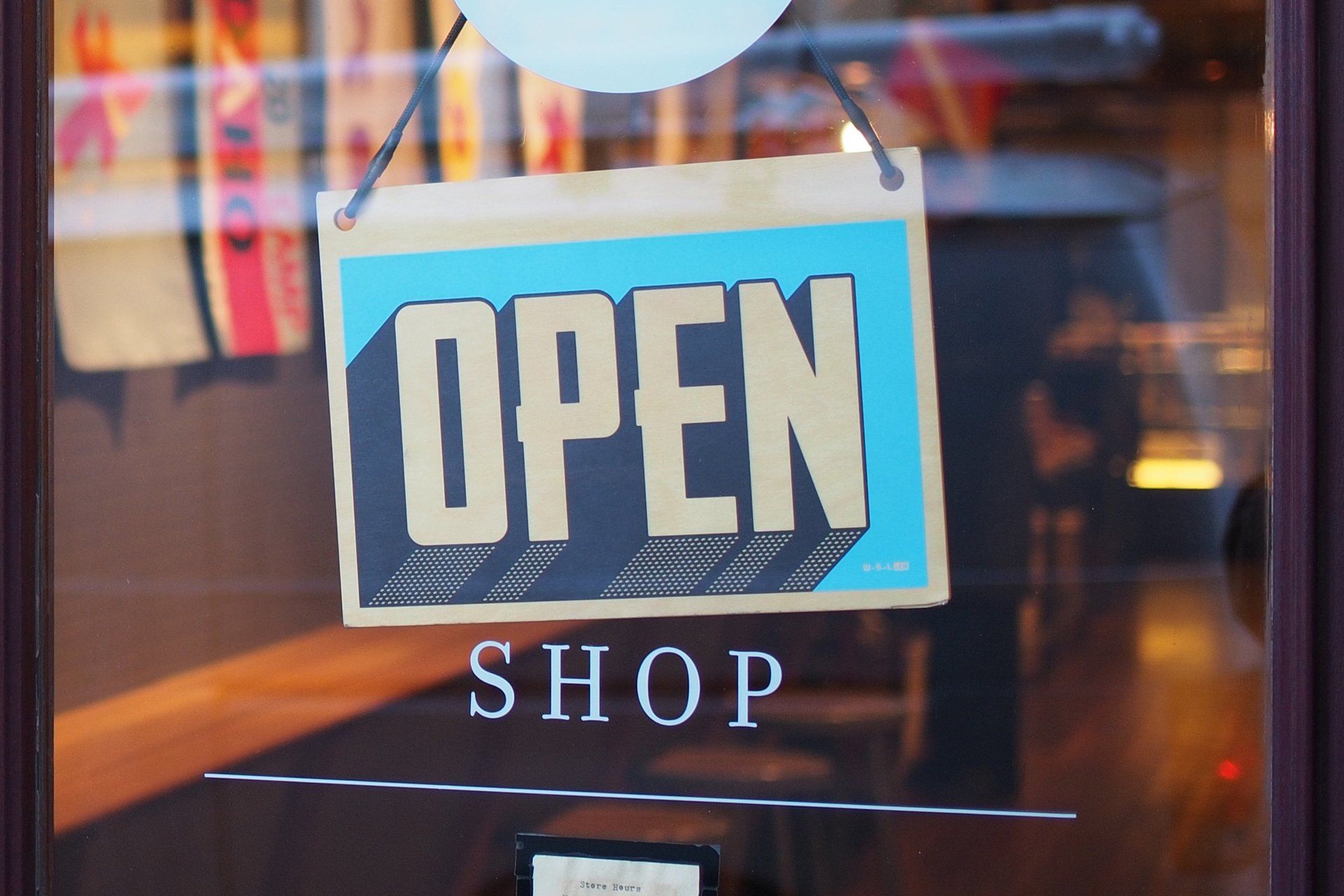
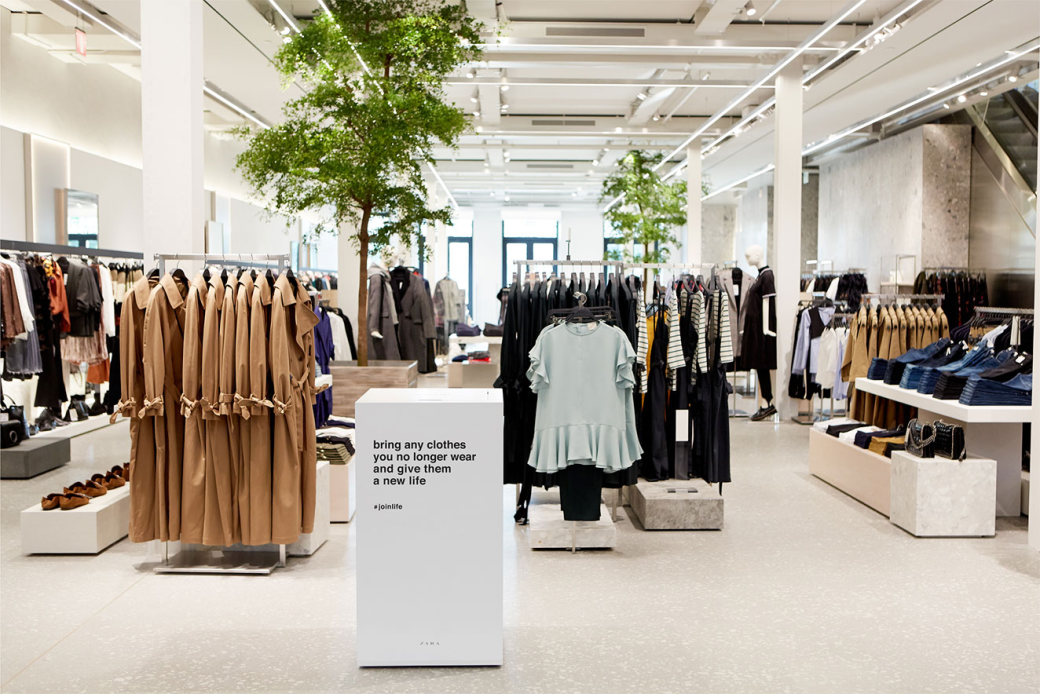
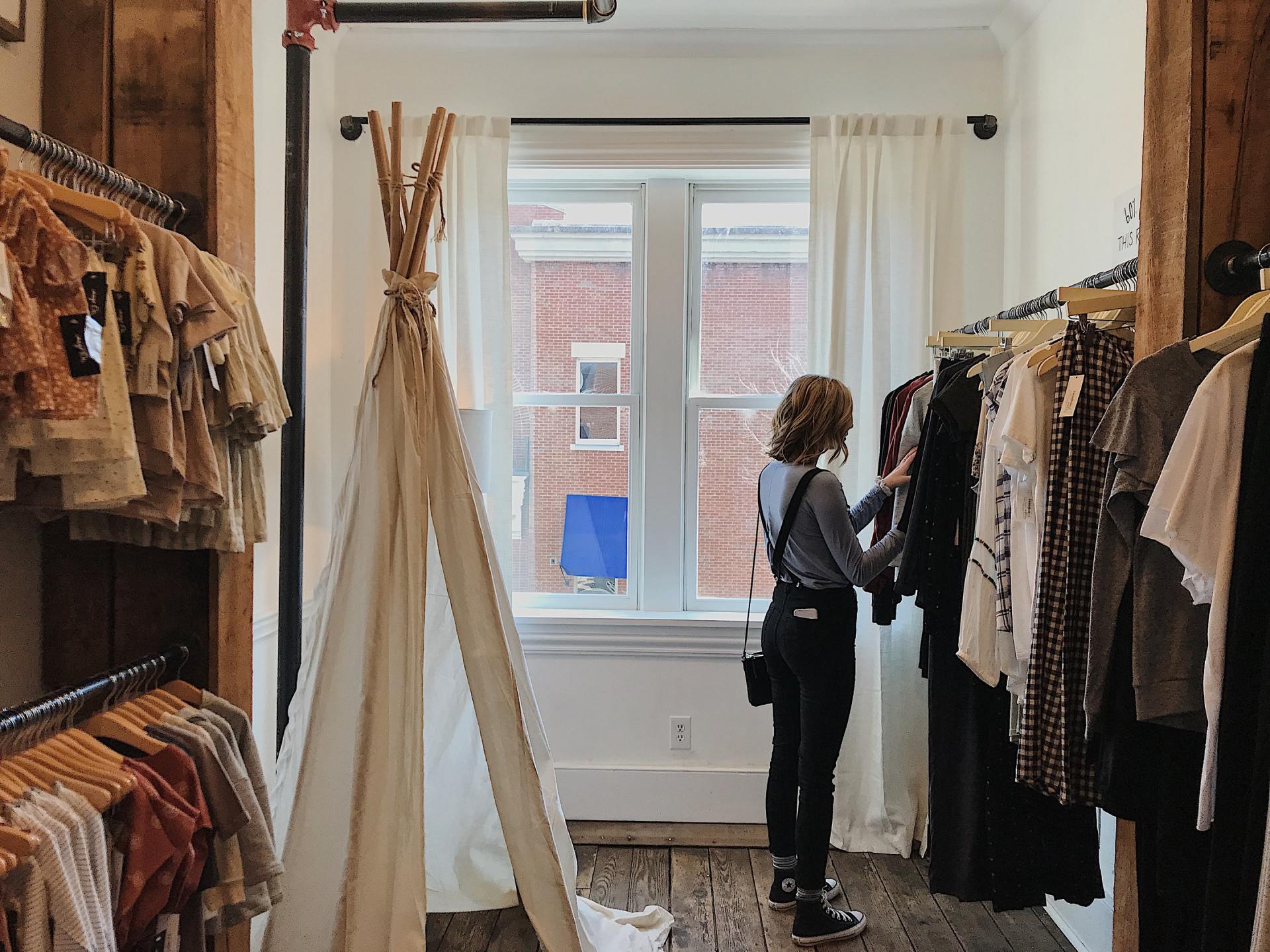
The Case For Convenience. How These Retailers Built Convenience Directly Into Their Brand Experience
